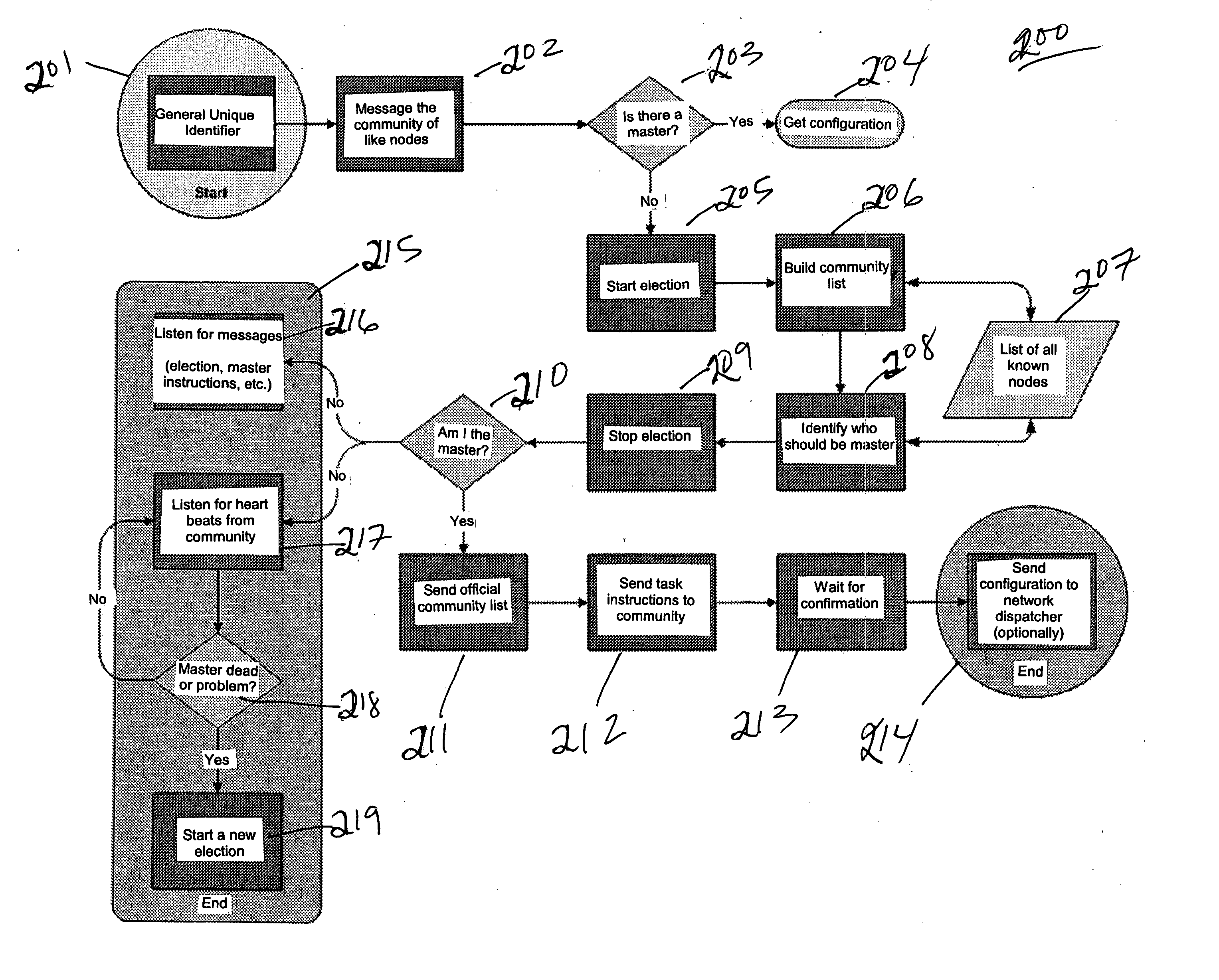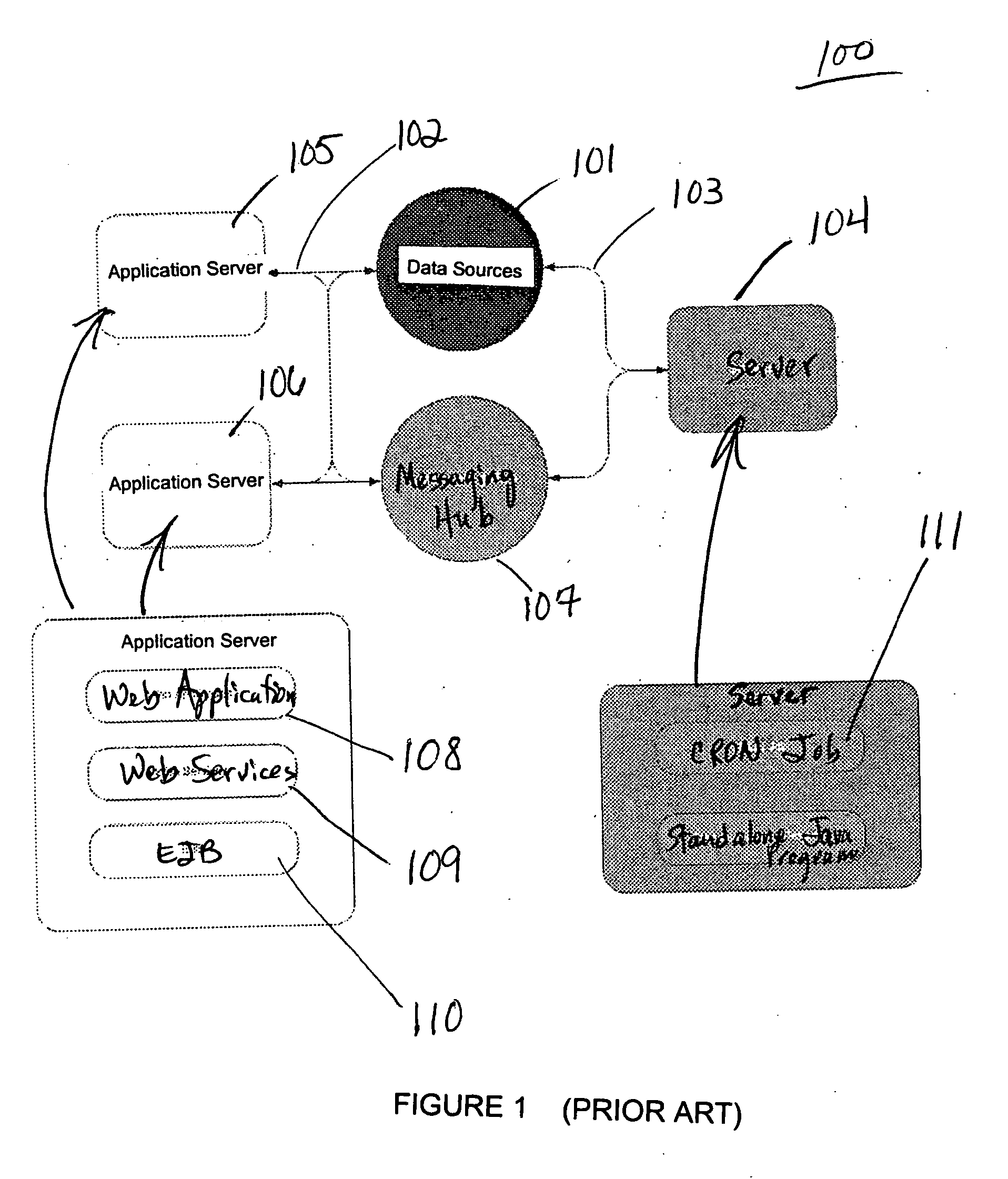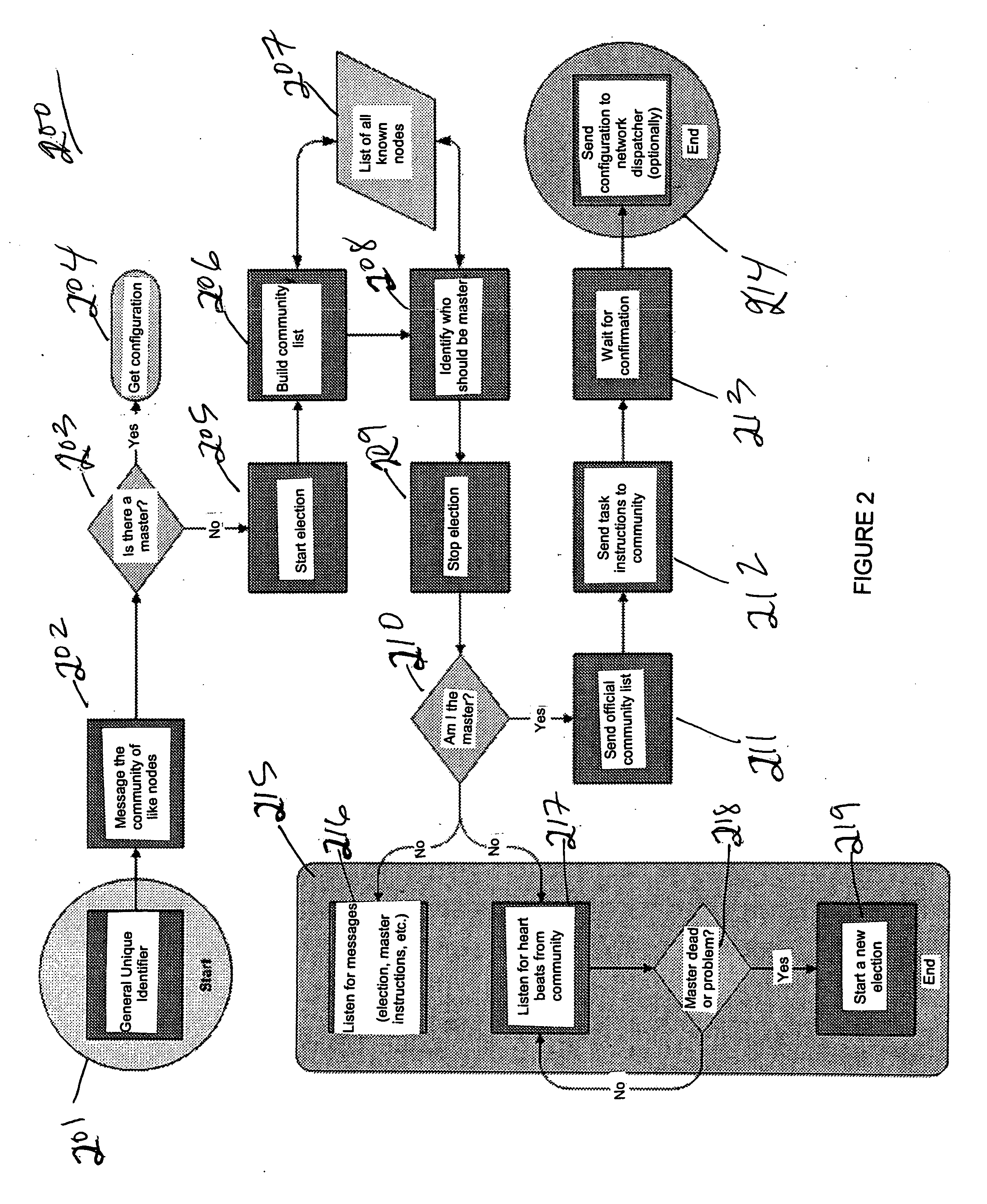Method and structure for autonomic application differentiation/specialization
a technology of autonomic application and differentiation, applied in the direction of instruments, computing, electric digital data processing, etc., can solve the problems of data corruption, poor performance, and components that fail to leverage the benefits of a single bundle development and deployment architectur
- Summary
- Abstract
- Description
- Claims
- Application Information
AI Technical Summary
Benefits of technology
Problems solved by technology
Method used
Image
Examples
example 1
[0128] An enterprise application is often made up of core application components such as http, application, and database servers. Much of the application logic resides at the application server layer in servlets and EJBs. Moreover, there are often components that are written as one-off applications that provide additional function(s) beyond the obvious scope of the application architecture, for example, database maintenance, system cleanup or metrics. The following example describes a basic scenario using the present invention to address this latter component.
[0129] Most database driven web applications require some level of asynchronous data maintenance process. The task is thought of as separate from the general application because it focuses on the backend data. For example, databases often require some maintenance—data import, removal, update or synchronization. Another reason to build and deploy these applications as one-off standalone solutions is that in highly scaled deploy...
example 2
[0132] An enterprise application is often made up of several layers; web / html, control servlets and EJBs for example. The following example shown in FIG. 9 describes a possible scenario using the disclosed invention.
[0133] A common service in any enterprise is the business name and address book, or directory. While the data is often stored in an LDAP server, a web front end is often built to support the viewing and management of the data. It is not uncommon for personnel records to include images; however storing images in LDAP introduces performance issues. Images are often stored in a file system or a specially tuned database. In the following example, the application being deployed is made up of two components; the web interface 901 and the image service 902.
[0134]FIG. 9 describes a snap shot in time of the entire system coming online. There are four application servers 903-906, a pubsub server 907 and a network dispatcher 908. Network dispatchers load balance between servers. ...
PUM
 Login to View More
Login to View More Abstract
Description
Claims
Application Information
 Login to View More
Login to View More - Generate Ideas
- Intellectual Property
- Life Sciences
- Materials
- Tech Scout
- Unparalleled Data Quality
- Higher Quality Content
- 60% Fewer Hallucinations
Browse by: Latest US Patents, China's latest patents, Technical Efficacy Thesaurus, Application Domain, Technology Topic, Popular Technical Reports.
© 2025 PatSnap. All rights reserved.Legal|Privacy policy|Modern Slavery Act Transparency Statement|Sitemap|About US| Contact US: help@patsnap.com



